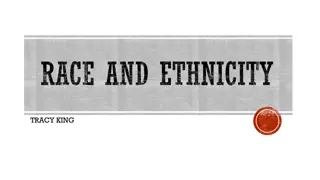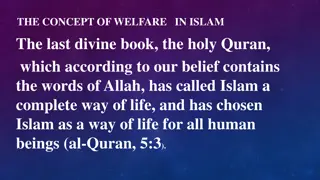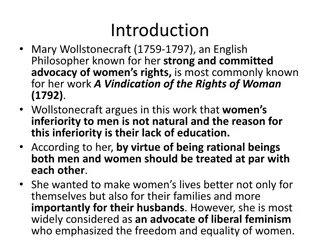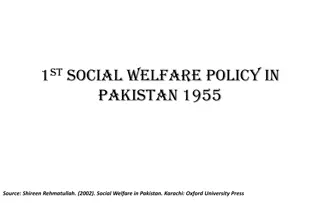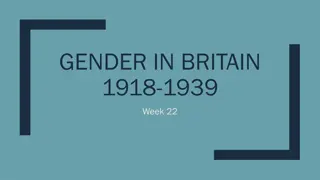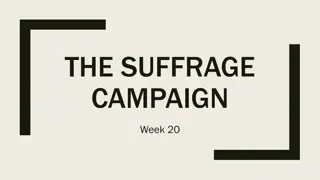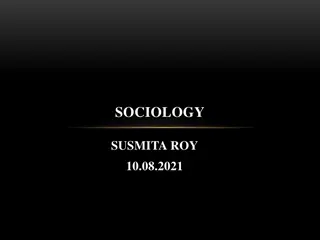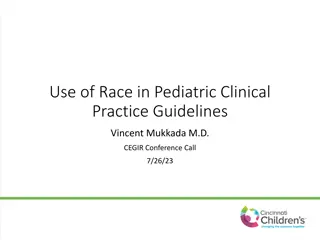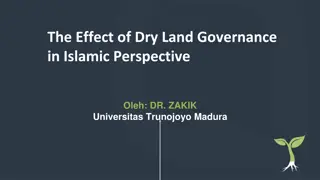Welfare, Women, and Race: A Historical Perspective and Current Policies
Explore the history of welfare policies and their impact on women and racial minorities. From the early 1900s to the present, this article examines the discriminatory practices, pathologizing poverty, and policy changes that have affected marginalized communities. Consider the role of implicit bias, the effectiveness of anti-poverty measures, and the need for policy restructuring.
Download Presentation

Please find below an Image/Link to download the presentation.
The content on the website is provided AS IS for your information and personal use only. It may not be sold, licensed, or shared on other websites without obtaining consent from the author.If you encounter any issues during the download, it is possible that the publisher has removed the file from their server.
You are allowed to download the files provided on this website for personal or commercial use, subject to the condition that they are used lawfully. All files are the property of their respective owners.
The content on the website is provided AS IS for your information and personal use only. It may not be sold, licensed, or shared on other websites without obtaining consent from the author.
E N D
Presentation Transcript
Welfare, Women and Race A brief history and current policy
1900s Industrial revolution First means-tested programs for families with children were mothers pensions or widows pensions. Debate over whether women with children, but without husbands should work or stay at home. salaries for women who serve the state by giving all their time to rearing good citizens. The Independent, 1914. Black mothers were barred from receiving benefits.
1935 the New Deal Aid to Dependent Children (ADC) The purpose of legislation for aid to dependent children has been to prevent the disruption of families on the ground of poverty alone and to enable the mother to stay at home and devote herself to housekeeping and the care of her children Social Security Act Part III Chapter VII. States allowed to discriminate Black women barred due to: suitable work employable mother Mary McLeod Bethune
1960s War on Poverty Aid to Families with Dependent Children Political rhetoric and imagery focused on white, rural poor in order to gain broad support Eligibility federalized and extended to Black women Number of Black families on AFDC increase, but whites remain the majority of families on AFDC.
1960 1990 Pathologizing Poverty and Blackness Moynihan Report the Negro Family Oscar Lewis Culture of Poverty Ronald Reagan Myth of the Welfare Queen
Media coverage of Black Poverty Martin Gilens, Why Americans Hate Welfare.
Racism drives perceptions of welfare participants willingness to work CBS/NY Times Survey, 1994 Martin Gilens, Why Americans Hate Welfare.
Personal Responsibility and Work Opportunity Reform Act (PRWORA) Ended welfare as an entitlement and instead became a Block Grant program to the states (Temporary Assistance to Needy Families - TANF) Imposed work requirements Imposed 60 month life time limit (states can offer extensions) Narrowed the definition of work Ended benefits for legal immigrants unless paid for by states Applied family caps (state option)
Washingtons WorkFirst Program - 1997 A job, a better job, a career Literally a work-first approach, educational pathways de-emphasized Created State Family Assistance for eligible non-citizens Allowed families who were playing by the rules extensions to the harsh 60 month life- time limit No full family sanction for non compliance grant reduced by 40%
Work-first doesnt move families out of poverty Families that leave WorkFirst for jobs are working at 85% of the federal poverty level for a family of three
Recession era policy changes Full family sanction Shorter and shorter cure periods Grant levels cut Restrictions on time limit extensions Research in other states was already showing racist impacts of sanction policies
These findings are consistent with research done in other states, which reveals that racism in the form of caseworker bias and structural barriers to economic security is to blame for the disparate rate at which recipients of color (especially those who are Black) are penalized under TANF. - Liz Olson, State Priorities Partnership Fellow, B&PC
Questions for consideration How might implicit bias in decision making in human services providers (both government and nonprofit) be impacting racial disparities in poverty and service delivery? If so, how can we address it? Can anti-poverty policies that include policies like work requirements, time limits and sanctions be race neutral ? If not, how should policy be restructured?






